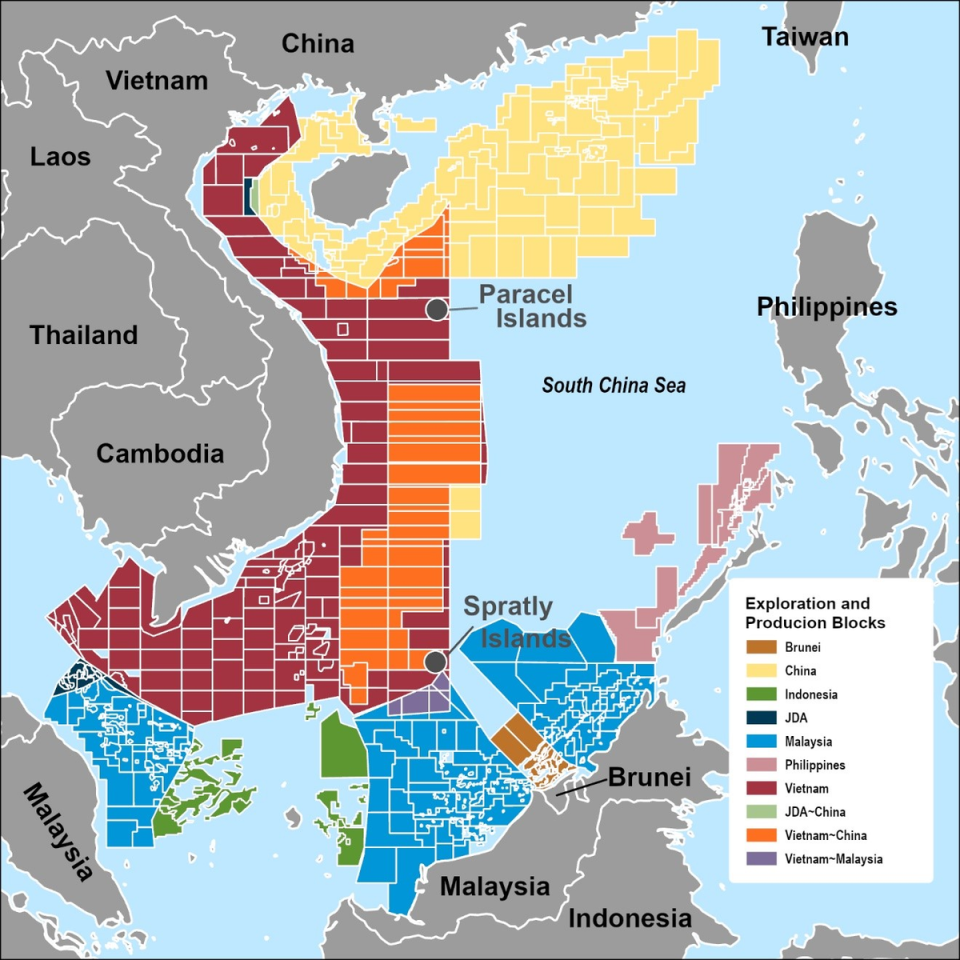China has discovered a large gas field in the South China Sea, a discovery that could significantly impact the region’s complex geopolitical landscape.
This new discovery, described as the world’s first “ultra-shallow gas field in ultra-deep waters,” is said to contain more than 100 billion cubic meters of natural gas, according to Chinese state media.
The China National Offshore Oil Corporation (CNOOC) announced this in June and the discovery has now been officially examined and registered by state authorities.
The exact location of Lingshui 36-1 has not been disclosed, but CNOOC says it is in waters southeast of Hainan, China’s southernmost island province. The average water depth is about 1,500 m.
“The main gas-bearing reservoir is the Quaternary Ledong Formation with an average depth of 210 m,” CNOOC said in June. “The field has been tested to produce over 10 million cubic meters of natural gas per day.”
The discovery adds to China’s already considerable gas reserves in the South China Sea, which, together with other offshore fields, have now exceeded the trillion cubic meter mark.
However, the South China Sea, known for its rich hydrocarbon reserves, is also the focus of fierce territorial disputes between several countries.
China’s claim to almost the entire South China Sea, which is demarcated by the so-called “nine-dash line”, overlaps with those of Vietnam, the Philippines, Malaysia, Brunei and Taiwan.


Disputes and tensions often arise over each other’s oil and gas exploration and development in the disputed waters. The discovery of such a large gas field could potentially exacerbate existing tensions and complicate diplomatic relations between these nations.
Because of these territorial disputes, the South China Sea remains little explored. Most of the discovered oil and gas fields are in undisputed areas near the coasts. According to Rystad, an independent research and business intelligence company, the South China Sea contains about 3.6 billion barrels of oil and other liquids and 40.3 trillion cubic feet of gas in proven and probable reserves.
The South China Sea is an important maritime region, not only because of its economic resources but also because of its strategic importance. The area is a major shipping route and a significant portion of world trade passes through its waters. China’s new discovery could further cement its dominance in the region and potentially increase tensions with neighboring countries that also have competing claims.
Vietnam and the Philippines in particular protested loudly against China’s extensive claims and began exploring the disputed waters on their own.
The existence of such a large gas field could lead to increased surveillance and disputes over resource exploitation and maritime boundaries.
Aside from the geopolitical implications, the Lingshui 36-1 discovery also raises questions about environmental management and economic impact. Extracting gas from extremely deep waters poses significant technical challenges and environmental risks.
Although there is plenty of gas in shallow waters on the seabed, its precarious location makes it very vulnerable to spreading through ocean currents. Experts have previously considered it impossible to create a commercially viable oil and gas field under such conditions.
The international community will be closely watching how China intends to address these challenges while ensuring environmental protection.

